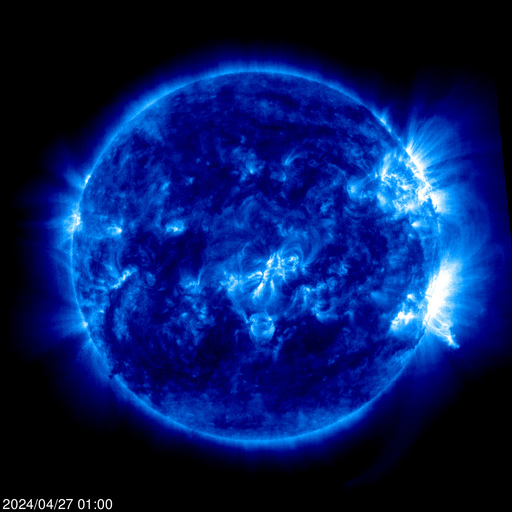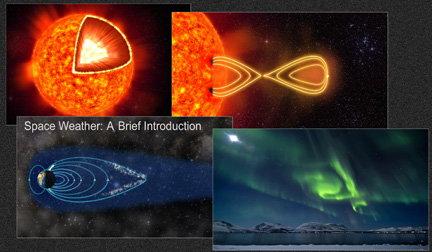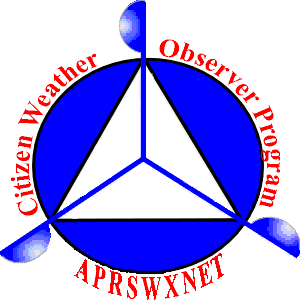|
Temperature:  36.7°F |
Wind:  West
West1 Bft Light air 4.0 mph |
Rain: today 0.00 in |
Humidity:  68% |
Pressure:  Steady 29.75 inHg |
Active alerts
Hours of Daylight
of Daylight Today 40.9% Day 59.1% Night Which is
1 min 57 sec Shorter
Than Yesterday
You find our weather info also at:
Space Weather Observations, Alerts, and Forecast
Forecast text
:Product: 3-Day Forecast
:Issued: 2025 Nov 17 0030 UTC
# Prepared by the U.S. Dept. of Commerce, NOAA, Space Weather Prediction Center
#
A. NOAA Geomagnetic Activity Observation and Forecast
The greatest observed 3 hr Kp over the past 24 hours was 4 (below NOAA
Scale levels).
The greatest expected 3 hr Kp for Nov 17-Nov 19 2025 is 4.67 (NOAA Scale
G1).
NOAA Kp index breakdown Nov 17-Nov 19 2025
Nov 17 Nov 18 Nov 19
00-03UT 3.67 3.00 2.67
03-06UT 4.67 (G1) 3.67 2.00
06-09UT 4.00 3.00 2.33
09-12UT 3.67 2.67 2.33
12-15UT 3.33 2.33 2.33
15-18UT 3.33 2.33 2.33
18-21UT 3.00 2.33 2.33
21-00UT 3.00 2.00 2.67
Rationale: G1 (Minor) geomagnetic storms are likely over 17 Nov due to a
combination of a influence from a CME that left the Sun on 14 Nov and
the anticipated influence of a negative polarity coronal hole.
B. NOAA Solar Radiation Activity Observation and Forecast
Solar radiation, as observed by NOAA GOES-18 over the past 24 hours, was
below S-scale storm level thresholds.
Solar Radiation Storm Forecast for Nov 17-Nov 19 2025
Nov 17 Nov 18 Nov 19
S1 or greater 10% 1% 1%
Rationale: There exists a slight chance for S1 (Minor) or greater solar
radiation storms over 17 Nov due to potential from Region 4274 as it
rotates further around the Suns W limb.
C. NOAA Radio Blackout Activity and Forecast
Radio blackouts reaching the R1 levels were observed over the past 24
hours. The largest was at Nov 16 2025 0817 UTC.
Radio Blackout Forecast for Nov 17-Nov 19 2025
Nov 17 Nov 18 Nov 19
R1-R2 55% 20% 10%
R3 or greater 15% 1% 1%
Rationale: R1-R2 (Minor-Moderate) radio blackouts are are likely, with a
slight chance for R3 (Strong), over 17 Nov due to the flare potential
from Region 4274 just beyond the the Suns W limb. Only a slight chance
remains for R1 events by 19 Nov.
Sun Images
| eit 171 | eit 195 | eit 284 | eit 304 |
 |
 |
 |
 |
Images: From left to right: EIT 171, EIT 195, EIT 284, EIT 304 EIT (Extreme ultraviolet Imaging Telescope) images the solar atmosphere at several wavelengths, and therefore, shows solar material at different temperatures. In the images taken at 304 Angstrom the bright material is at 60,000 to 80,000 degrees Kelvin. In those taken at 171 Angstrom, at 1 million degrees. 195 Angstrom images correspond to about 1.5 million Kelvin, 284 Angstrom to 2 million degrees. The hotter the temperature, the higher you look in the solar atmosphere. | |||
| SDO/HMI Continuum |
SDO/HMI Magnetogram |
LASCO C2 | LASCO C3 |
 |
 |
 |
 |
The MDI (Michelson Doppler Imager) images shown here are taken in the continuum near the Ni I 6768 Angstrom line.
The most prominent features are the sun spots. |
LASCO (Large Angle Spectrometric Coronagraph) is able to take images of the solar corona by blocking the light coming directly from the Sun with an occulter disk, creating an artificial eclipse within the instrument itself. |
||
 for more information for more information | |||
Bigger versions of this page in a new window: New regular size page, New 1280×1024 window, and New 1600×1200 window. |
|||
Solar cycle
| Sunspot numbers | F10.7CM Radio flux | AP |
 |
 |
 |
 for more information for more information | ||
The Solar Cycle is observed by counting the frequency and placement of sunspots visible on the Sun. Solar minimum occurred in December, 2008. Solar maximum in May, 2013. | ||
| Solar wind | Satellite impact | Xray flux |
 |
 |
 |
 for more information for more information |  for more information for more information |  for more information for more information |
On the left: Real-Time Solar Wind data broadcast from NASA's ACE satellite. Middle: The Spacecraft Environmental Anomalies Expert System – Real Time (SEAESRT) is a set of data-driven algorithms that indicate the likelihood of an environment-related anomaly on a geosynchronous satellite. Right: Is the 3-day Solar-Geophysical Forecast. | ||
Auroral activity
| Northern Auroral map | Southern Auroral map |
 |
 |
Introduction Movie
Conditions on the Sun and in the solar wind, magnetosphere, ionosphere and thermosphere that can influence the performance and reliability of space-borne and ground-based technological systems and can endanger human life or health. This introduction movie in the English language will open on a new tab/window when you click on the image below.

Also in Quicktime format: Large (269M) and Small ( 60M).
links
Space Weather links:
 Lots of interesting information
Lots of interesting information3-Day Forecast of Solar and Geophysical Activity
Space Weather overview
LASCO Coronagraph
Solar wind
Forecast discussion
Solar and Heliospheric Observatory (SOHO)
The Very Latest SOHO Images
Space Agencies:
European Space Agency (ESA)
Institute of Space and Astronautical Science (ISAS)
National Aeronautics and Space Administration (NASA)
Russian Space Agency
Credits:
Space Weather Images and Information (excluded from copyright) courtesy of:
NOAA / NWS Space Weather Prediction Center,
Mauna Loa Solar Observatory (HAO/NCAR),
and SOHO (ESA & NASA).













